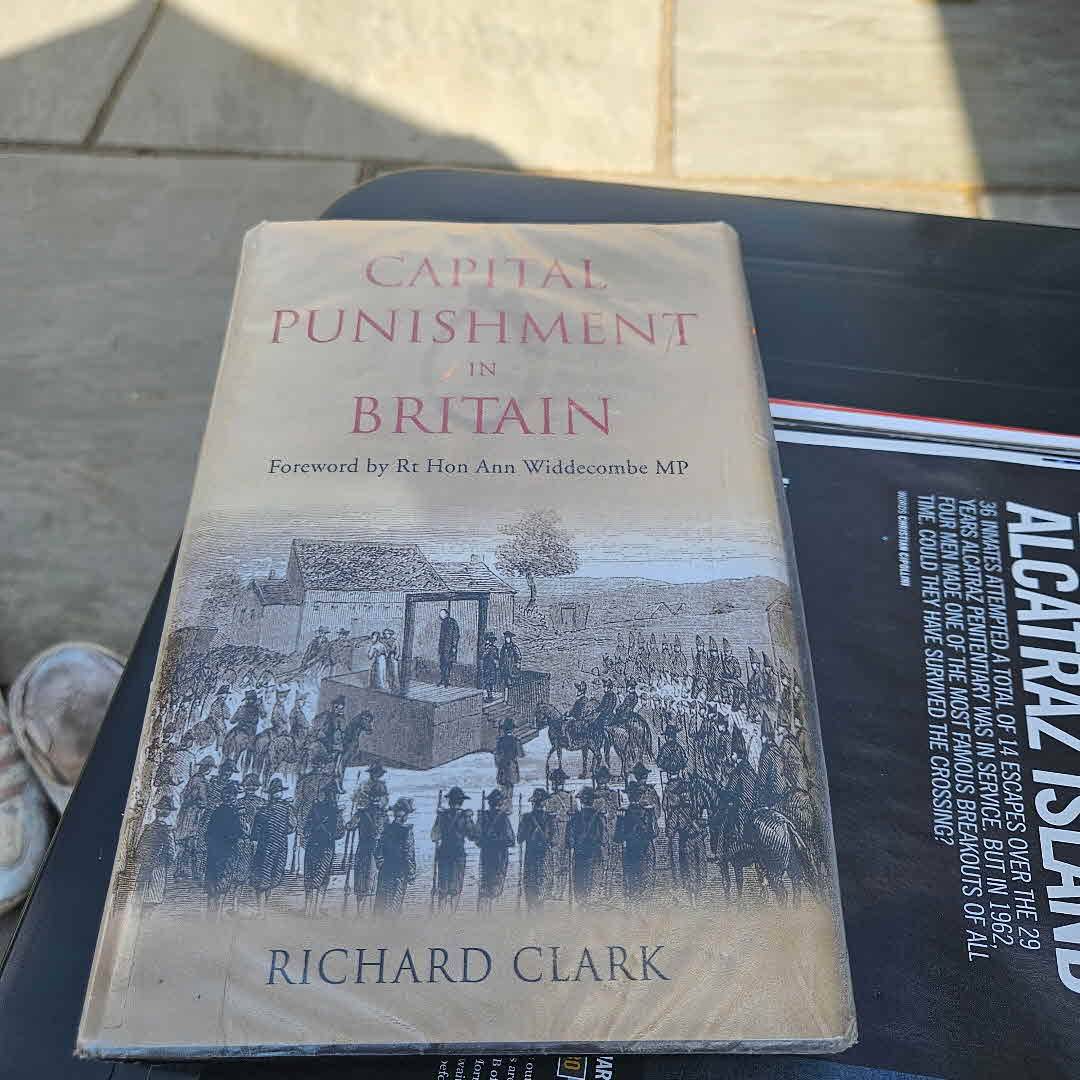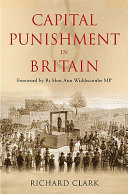
A look at executions in Britain,the methods, laws and even the executioners themselves.
This was an interesting read full of detail. The information about the criminals is quite short but there's lots of detail on how the executions are performed.
34 likes

















